Cold Weather Surfacing: How to Ensure Quality and Longevity in Low Temperatures
Road surfacing projects during winter or colder months present unique challenges. Asphalt and tarmac behave differently in low temperatures, and without proper planning, there’s a higher risk of cracking, poor bonding, and premature surface failure. By understanding the science behind cold weather surfacing and applying expert techniques, contractors and property owners can achieve durable, high-quality results even when the temperature drops.
How Cold Temperatures Affect Asphalt
Temperature plays a critical role in asphalt curing and performance. When laid, asphalt must cool and compact correctly to form a strong, stable surface. Cold weather can slow down this curing process, increasing the risk of:
- Poor bonding: Asphalt layers may not adhere properly, leading to delamination.
- Cracking: The material becomes less flexible in low temperatures, making it prone to shrinkage cracks.
- Surface deformities: Uneven compaction and delayed setting can result in weak spots and surface failures.
Understanding these effects is the first step in ensuring that cold-weather surfacing does not compromise long-term performance.
Choosing the Right Materials
Selecting the appropriate materials for winter surfacing is essential. Modern cold-weather asphalt mixes are specifically designed to perform in lower temperatures. Key considerations include:
- Polymer-modified binders: These additives increase flexibility, allowing the asphalt to withstand shrinkage and thermal contraction.
- High-performance aggregates: Carefully chosen aggregates help maintain stability and prevent rutting or deformation under heavy traffic.
- Warm mix asphalt options: These can be laid at lower temperatures than traditional hot mixes, reducing the risk of improper compaction.
By using materials tailored to cold conditions, contractors can maintain the durability and longevity of the road surface.
Expert Planning and Timing
Planning is critical for successful cold weather surfacing. Contractors need to consider:
- Temperature forecasts: Surfacing should ideally be scheduled during periods of mild weather within the winter months to allow proper curing.
- Substrate condition: Ensure the base is dry and free from frost or ice, which can prevent proper bonding.
- Project timing: Cold weather often shortens the working window for laying asphalt, so precise scheduling and preparation are vital.
Meticulous planning reduces delays, ensures efficient use of materials, and guarantees a smoother, longer-lasting finish.
Techniques for Winter Surfacing
Several specialised techniques help maintain quality during cold-weather projects:
- Heated trucks and equipment: Maintaining the asphalt at the right temperature until it reaches the site prevents early cooling.
- Rapid compaction: Quick, efficient rolling ensures the asphalt is properly compacted before it cools too much.
- Surface protection: Using insulated covers or temporary barriers can protect freshly laid asphalt from frost or snow.
- Layering adjustments: In extremely low temperatures, thinner layers may be applied and compacted more frequently to avoid bonding issues.
Applying these techniques helps prevent cracks, ensures proper layer adhesion, and maintains a smooth, durable surface.
Benefits of Proper Cold Weather Surfacing
Following best practices for cold-weather surfacing offers multiple advantages:
- Extended surface lifespan: Proper curing and compaction reduce the likelihood of early deterioration.
- Reduced maintenance costs: Fewer repairs are required when asphalt is laid correctly in winter conditions.
- Improved safety: Smooth, crack-free surfaces reduce hazards for vehicles and pedestrians.
- Reliable performance: High-quality materials and expert techniques ensure roads withstand seasonal temperature fluctuations.
Looking Ahead
Cold-weather surfacing is no longer a major limitation for road projects thanks to advances in materials, planning, and machinery. By combining expert knowledge, specialised asphalt mixes, and careful project management, contractors can achieve results that are both high-quality and long-lasting, even during the coldest months.
For professional cold-weather surfacing services and advice, visit our service page here.

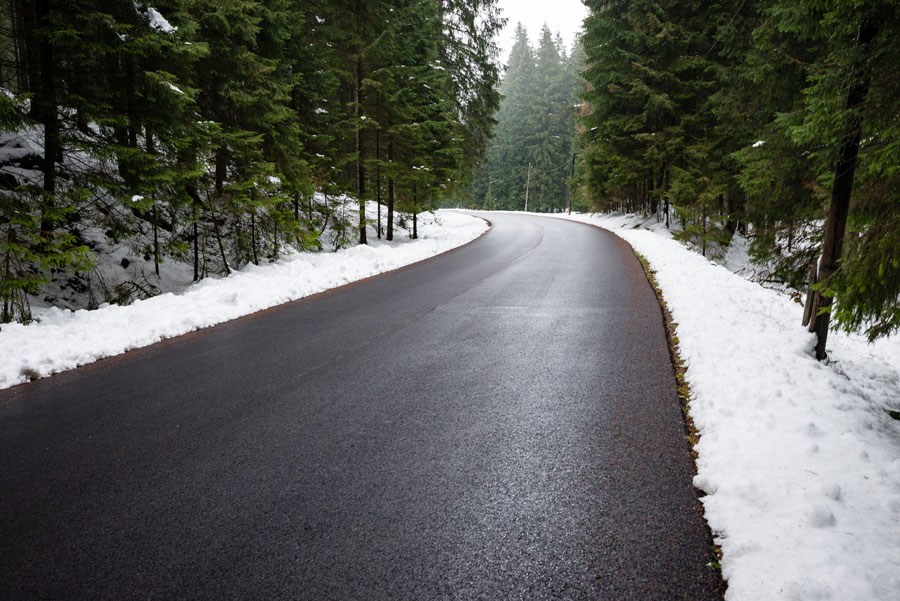
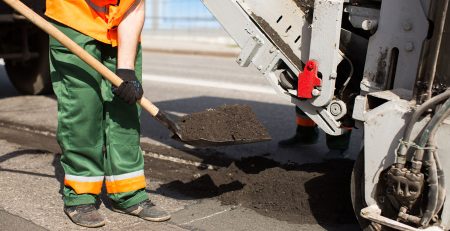

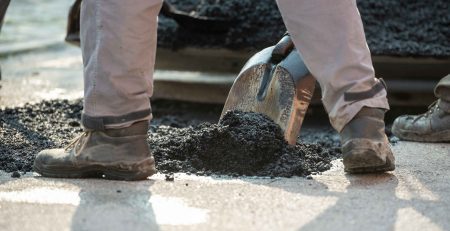
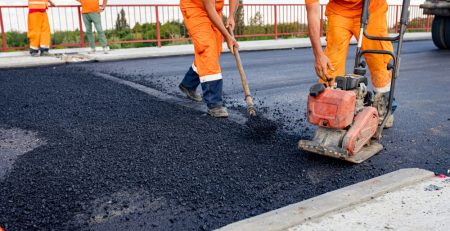

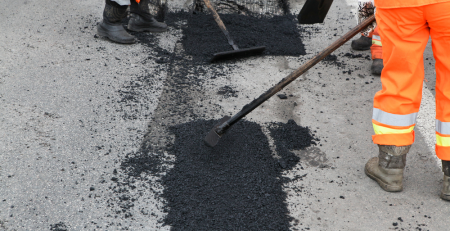
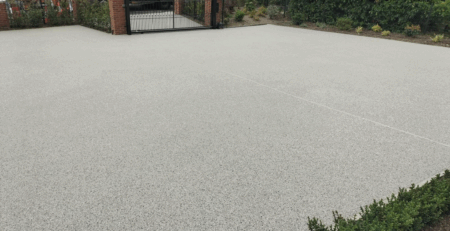
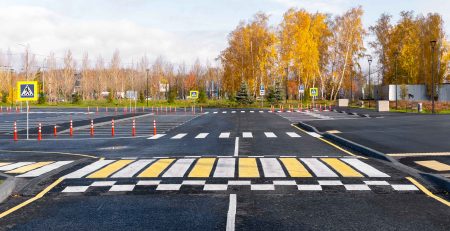
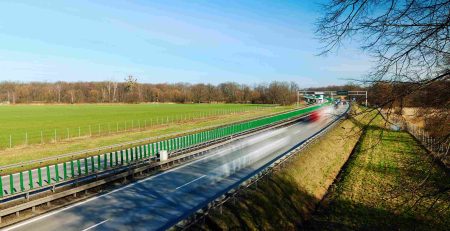

Leave a Reply